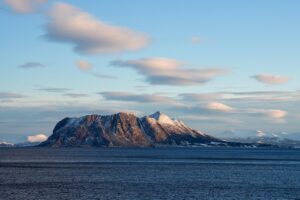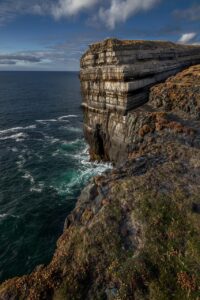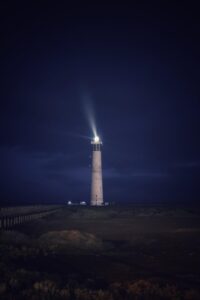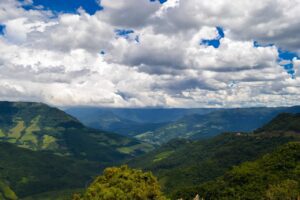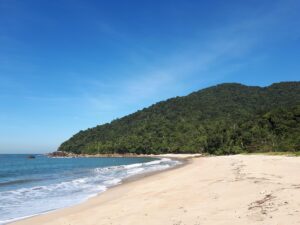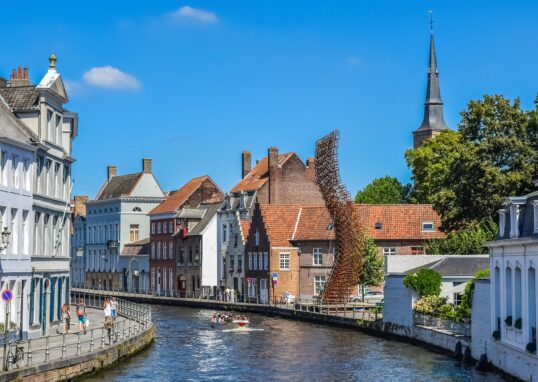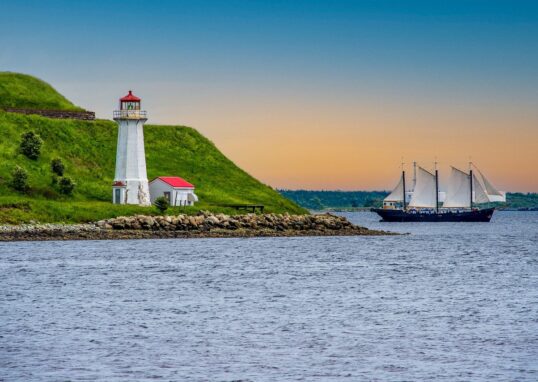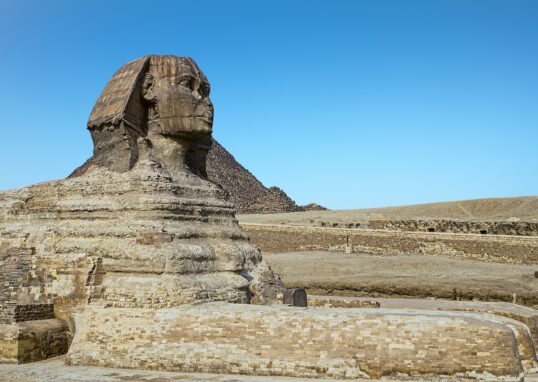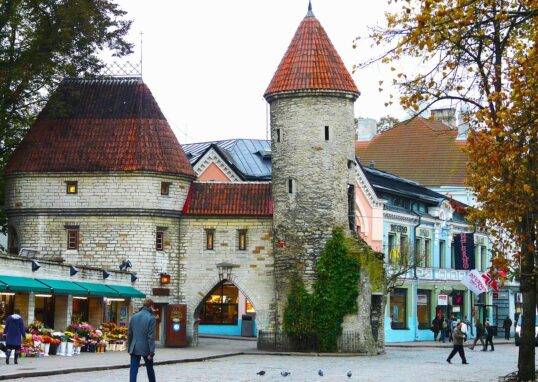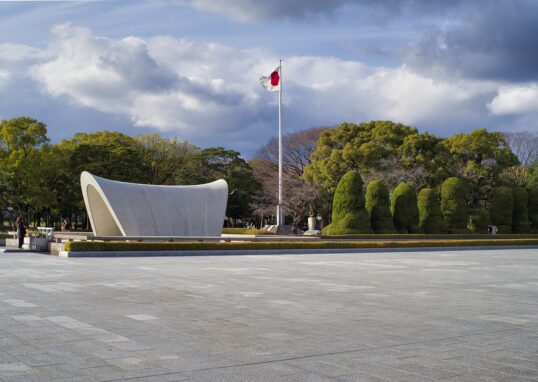
The Atlantic Forest (Mata Atlântica): A Complete Guide
The Atlantic Forest, better known as Mata Atlântica in Portuguese, is among the most crucial forests of the world. It stretches along the Atlantic coast of Brazil. The forest also covers parts of Paraguay and Argentina. This woodland is unique for its great diversity. It is one of the most diverse ecosystems on our planet. It is, however, also one of the most threatened. Over centuries, large areas were destroyed. However, what is left holds amazing flora, fauna, and human societies. In this article, we shall explore the history, geography, vegetation, animals, inhabitants, and conservation of the Atlantic Forest. We will also look at the surrounding regions and why they are important.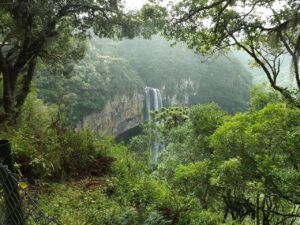
Geography of the Atlantic Forest
The Atlantic Forest once covered more than 1.3 million square kilometers. It stretched from the Rio Grande do Norte state in the north to Rio Grande do Sul in the south along Brazil’s coast. It also extended inland into eastern Paraguay and northeastern Argentina. Now, fewer than 15% of the original forest remain. The rest are broken up. Some of them are small, but some are large protected reserves. The geography of the forest is diverse. It has mountains, coastal plains, rivers, mangroves, and even tropical highlands. In Brazil, it hugs a lot of big cities like São Paulo, Rio de Janeiro, Salvador, and Curitiba. This makes it different from the Amazon, which is far from the majority of cities.
Climate of the Atlantic Forest
The Atlantic Forest has a diversified climate. In the north, the forest is warm and humid, similar to tropical forests. The forest is temperate with cooler temperatures in the south. Rainfall tends to be high, especially near the coast and mountains. Some areas get more than 2,000 mm of rainfall annually. The rain and humidity create optimum conditions for lush vegetation.
Flora – The Plants of the Forest
The Atlantic Forest is known for its plants. Biologists estimate it has more than 20,000 plant species. About 8,000 of them are found only in this forest and nowhere else in the world.
Trees and Plants
The forest contains towering trees like Brazilwood (Pau-Brasil), which was once much sought after for its red dye. It contains Jacaranda trees, which have purple flowers. Orchids can be seen everywhere throughout the forest, in hundreds of various species. Bromeliads, whose leaves glow with bright colors, cover tree limbs and forest floors.
Importance of Plants
The plants are not only beautiful. They have a function. Many of them provide food, medicine, wood, and cultural values. Humans have been utilizing them for centuries.
Fauna – The Animals of the Forest
The Atlantic Forest is one of the most biologically diverse places on earth for animals. There are more than 2,000 vertebrate species found here that have been identified by scientists. They are predominantly endemic, meaning that they only exist within this geographical location.
Mammals
One of the best-known animals of the forest is the Golden Lion Tamarin, a small monkey with its golden orange coat. It comes close to extinction but has been saved by conservation efforts. The Southern Muriqui, or woolly spider monkey, is the largest monkey in the Americas. It is endangered. The jaguar previously lived in large numbers in the Atlantic Forest but now only lives in small groups. The region is also home to ocelot, puma, and maned wolf.
Birds
The forest is home to about 1,000 bird species. They are brightly colored and not common. The red-billed curassow is a large threatened bird. Black-fronted piping guan is another threatened species. Hummingbirds, parrots, and toucans are found everywhere in the canopy of the forest.
Amphibians and Reptiles
Frogs, lizards, and snakes also inhabit the Atlantic Forest. There is an abundance of amphibians in this forest since they need moist habitats in order to survive.
Insects
Butterflies, ants, and beetles are countless. Each species plays an important part in pollination, seed distribution, and decomposition.
Human History in the Atlantic Forest
The Atlantic Forest has been occupied by human beings for centuries. The forest was occupied by native tribes such as Tupinambá, Guarani, and others prior to the European arrival. They used the forest resources for food, medicine, and instruments. They also noticed the balance of nature. Portugal colonized Brazil in the 1500s. They cut down Brazilwood trees for their color. Sugarcane plantations came later in the coastal areas. This was the beginning of large-scale deforestation. When Salvador, Rio de Janeiro, and São Paulo grew into cities, forests were cleared even more. Coffee plantations in the 19th century also destroyed huge areas.
Cities and the Atlantic Forest
Another feature of the Atlantic Forest is that it is found very near large cities. Contrary to the Amazon, which is remote, the Atlantic Forest is situated near Brazil’s largest metropolitan areas.
- São Paulo – The largest city in Brazil is surrounded by forest fragments. Some of the forest remains safeguarded as urban area parks.
- Rio de Janeiro – Famous for the Tijuca Forest, a restored section of the Atlantic Forest in the city. It is one of the world’s largest urban forests.
- Salvador and Recife – They too sprouted up around the forest and coastal environments.
Because of this close proximity, millions of people depend on the Atlantic Forest for water, fresh air, and climate balance.
Threats to the Atlantic Forest
The Atlantic Forest has been heavily destroyed over the last 500 years. The main threats are:
- Deforestation – Forest destroyed for agriculture, cattle ranching, and urban sprawl.
- Plantations – Indigenous forest replaced with sugar, coffee, and soybean plantations.
- Logging – Trees cut down for wood and other timber products.
- Hunting – Various species hunted to near extinction.
- Urban Expansion – São Paulo and Rio sprawled into forest areas.
- Climate Change – Global warming and changed rainfall pattern affect biodiversity.
Conservation Efforts
Despite these issues, there are strong conservation efforts to save the Atlantic Forest.
- Protected Areas – National parks and reserves have been created. The Serra do Mar State Park in São Paulo is one of the biggest.
- Restoration Projects – Projects replant native trees and restore ecosystems. Tijuca Forest in Rio is a successful example of reforestation.
- Wildlife Projects – Conservation of animals like the Golden Lion Tamarin have been successful.
- People’s Participation – Individuals, NGOs, and governments work together for sustainable development.
UNESCO World Heritage Sites in the Atlantic Forest
Fragmented parts of the Atlantic Forest are protected as UNESCO World Heritage Sites.
These are: Atlantic Forest South-East Reserves in Paraná and São Paulo. Discovery Coast Atlantic Forest Reserves in Bahia. Serra do Mar and Serra da Bocaina National Parks. They protect some of the most important habitats of the forest.
Cultural Importance
The Atlantic Forest is not only nature. It is culture. Afro-Brazilian society, natives, and city people all live in or by the forest. It influences Brazilian music, art, and literature. Some samba songs and folk tales mention the forest. Vegetation from the forest is employed as a traditional medicine.
Surrounding Places of the Atlantic Forest
The Atlantic Forest spreads across Brazil, Paraguay, and Argentina. There are various cities, towns, and natural places surrounding it. All these places surrounding it have a direct connection with the forest. Some protect the forest with parks and reserves. Others depend on the forest for water, air, and survival.
Rio de Janeiro – The Forest in the City
Rio de Janeiro is one of the most famous cities in the world. It is located between the Atlantic Forest and the Atlantic Ocean. This makes it very special.
Tijuca National Park
The city boasts Tijuca National Park, one of the world’s largest urban forests. It is a reforested area of Atlantic Forest. In the 19th century, the area was devastated for coffee plantations. The government seeded it with thousands of trees. Today, Tijuca is filled with animals. Tourists get to see monkeys, toucans, and armadillos. There are trails to waterfalls, caves, and views.
Christ the Redeemer
Christ the Redeemer is situated on Mount Corcovado. The Tijuca forest borders it. From there, one can view the city, beaches, and green forest all at once.
São Paulo – The Giant City with Forest Edges
The Atlantic Forest reaches as far as the foot of Sugarloaf Mountain, another emblem of Rio. Blue sea meets green hills at beaches like Copacabana and Ipanema surrounding the city. Rio de Janeiro thus shows how urbanization and Atlantic Forest exist side by side.
São Paulo – The Metropolitan Giant with Forest Boundaries São Paulo is the largest city in South America. It has more than 20 million people in its metropolitan area. Even though it’s a monstrous city, it is bounded by the Atlantic Forest. East of São Paulo lies Serra do Mar mountain range. This area has one of the most unbroken stretches of Atlantic Forest. Rivers, waterfalls, and rainforests cover the area preserved by Serra do Mar State Park. The forest provides São Paulo with water. The city would otherwise be out of water.
Cantareira State Park
Another major green space is Cantareira State Park, close to São Paulo city. It is a massive urban forest in the globe. Tourists can hike along trails and have panoramic views of the city.
Cultural Life
São Paulo also shows how the forest influences culture. Local cuisine makes use of fruits, roots, and plants that are harvested from the Atlantic Forest. City museums and botanical gardens also testify to this natural heritage.
Iguazu Falls – Nature at Its Best
Iguazu Falls is among the most famous natural wonders near the Atlantic Forest. It straddles the Brazil-Argentina border with Paraguay in the neighbourhood.
The Falls
There are nearly 275 distinct waterfalls on 2.7 kilometres at Iguazu. The biggest falls are called the Devil’s Throat, where water cascades down in a powerful current. The thunder and spray make it an experience which one cannot ever forget.
Iguazu National Parks
Brazil and Argentina protect the falls through national parks. The parks fall within the Atlantic Forest biome. Jaguars, tapirs, monkeys, and birds live in the parks.
Tourism
Guests can walk through trails, take boat rides under the falls, or view the waterfalls from helicopter tours. The forest surrounding the falls makes them even more attractive.
Bahia – The Discovery Coast
Bahia is a northeastern Brazilian state. It is well known for forests, beaches, and culture.
Discovery Coast Reserves
The Atlantic Forest Reserves of the Discovery Coast are UNESCO World Heritage Sites. They have large expanses of tropical forest preserved in them. Tourists here get to experience tall trees, orchids, and bromeliads.
Porto Seguro
Porto Seguro is the gateway to the Discovery Coast. It is also the place where the initial Portuguese colonists landed in Brazil in 1500. Today it is a resort center with beaches and nightlife.
Bahia culture
Bahia is strongly Afro-Brazilian in culture. Music like samba and capoeira dance had its roots here. Traditional cuisine, such as acarajé (a fritter made from beans), often uses forest and sea resources.
Serra da Mantiqueira – The Mountain Forests
The Serra da Mantiqueira is a mountain range that stretches across the states of São Paulo, Minas Gerais, and Rio de Janeiro.
Climate and Landscape
The mountains are cooler than the lowlands. Cloud forests cover the tops. Streams and waterfalls flow through valleys. The area provides fresh water to millions of residents in southeastern Brazil.
Campos do Jordão
One of the most visited towns in Serra da Mantiqueira is Campos do Jordão. It is called the “Brazilian Swiss town” because of its alpine-style houses and cool climate. People visit for hiking, festivals, and food.
Ecotourism
The mountains are also popular for ecotourism. Trails lead to observation points, caves, and springs. Tourists visit to see birds, orchids, and butterflies in the forest.
Southern Brazil – Paraná and Santa Catarina
In the southern states of Paraná and Santa Catarina, the Atlantic Forest merges with Araucaria pine forests. It creates a strange landscape.
Iguaçu National Park
On the Brazilian side in Paraná, Iguaçu National Park provides protection to the Atlantic Forest. Besides the waterfalls, it has trails where tourists get to see coatis, capybaras, and exotic birds.
Serra do Itajaí National Park
In Santa Catarina, mountains, rivers, and wildlife are preserved within the Serra do Itajaí National Park. The park has endangered species of wildlife like the Southern Muriqui monkey.
Cultural Life
The southern states also have European influence. German and Italian immigrants arrived here. Their cultures mix with the natural beauty of the forest. Visitors see European-style towns surrounded by green mountains.
Paraguay – The Upper Paraná Atlantic Forest
The Atlantic Forest also extends into Paraguay. It is known there as the Upper Paraná Atlantic Forest.
Significance
This area of the forest is of great significance for biodiversity. It borders forest ecosystems in Brazil and Argentina. They together form an ecological corridor for animals like jaguars and tapirs.
Threats and Conservation
Unfortunately, most of the Atlantic Forest in Paraguay has been cut down for crops. Nevertheless, still standing are areas like Reserva Natural del Bosque Mbaracayú. The reserve provides shelter for endemic animals and flora, and it is also home to Guarani indigenous people.
Argentina – Province of Misiones
Within Argentina, the Atlantic Forest largely lies within the Misiones province, bordering Brazil and Paraguay.
Iguazu Falls in Argentina
The Argentine side of Iguazu Falls boasts extensive trails and close-up views of the waterfalls. Visitors are able to walk across bridges above churning water and feel the spray.
Misiones Jungle
The jungle of Misiones abounds in wildlife. Jaguars, ocelots, monkeys, and tropical birds are found there. The small towns in the province promote ecotourism and cultural tourism.
Yerba Mate
Culture Misiones is also famous for yerba mate, the plant that is cultivated to make a traditional South American drink. Forests and mate farms go parallel. Tourists normally tour mate farms and taste the drink.
Why the Atlantic Forest Matters Today
The Atlantic Forest is important due to the following reasons:
- It provides fresh water to millions of human beings. It controls climate and rainfall. It has unique special biodiversity.
- It supports culture, tourism, and local communities. It sequesters carbon, and the less carbon in the air, the less global warming.
Conclusion
The Atlantic Forest is a treasure of nature and culture. Although the majority of it has vanished, what remains still plays a crucial role. Its people, animals, and plants are a rich fabric of life.
It is important to protect this forest for Brazil, South America, and the world. Through conservation, restoration, and awareness, the Atlantic Forest can thrive and remain an inspiration to future generations.

